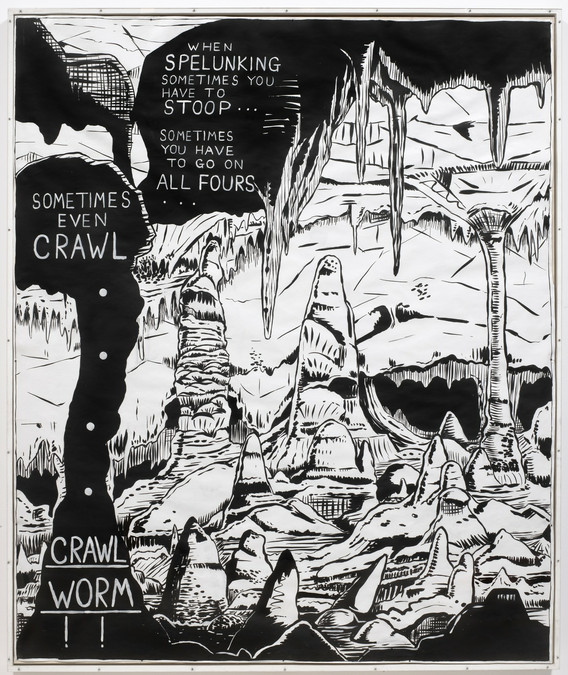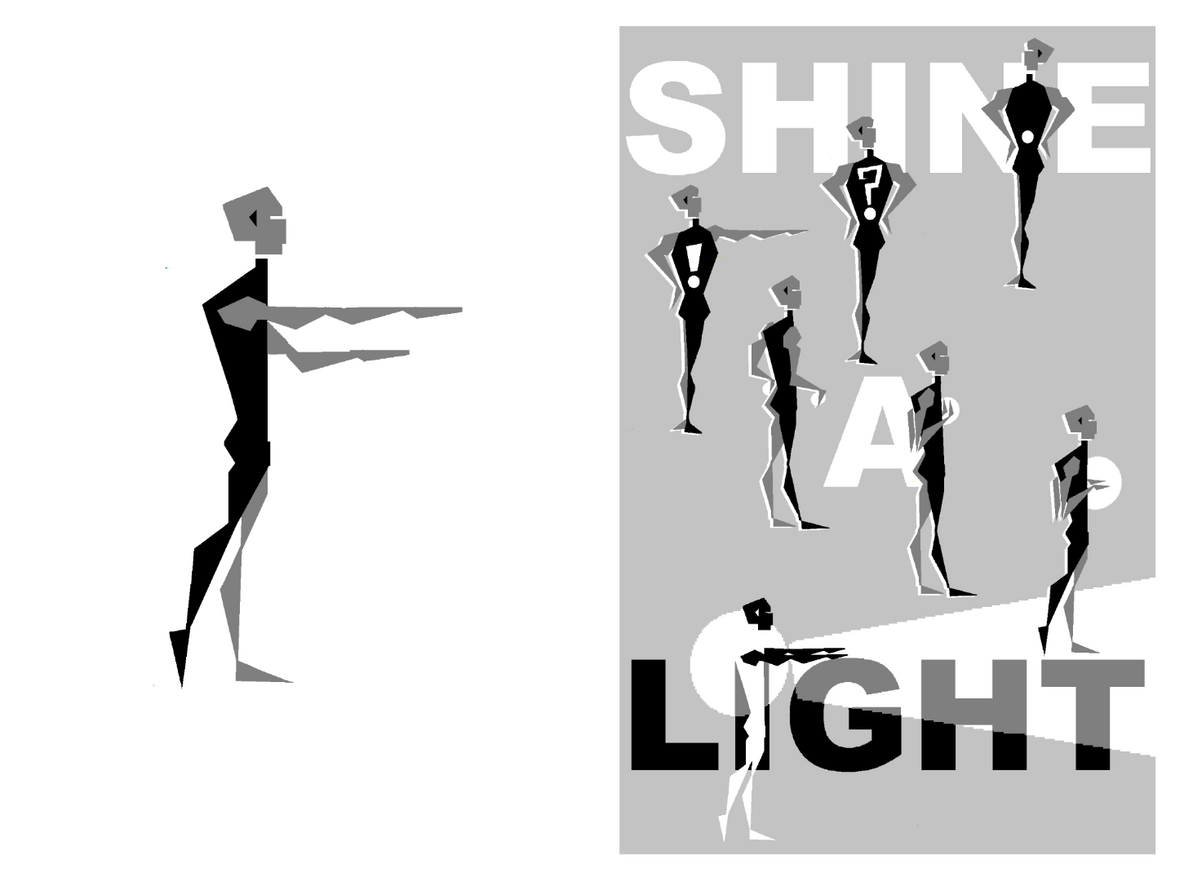What Kind of Art Class Should I Look for if I Want to Draw Comics
 1989–90. Alkyd enamel and glitter paint on canvas, 58 3/8" × 6' 7" (148.3 × 200.7 cm). The Museum of Modern Art, New York. Gift of Evan and Vanessa Tawil" data-image-overlay-item="" data-image-overlay-src="/d/assets/W1siZiIsIjIwMjEvMDkvMTgvMjM5aDFweDBlZ19zYW1iYV9jb25kZW1uYXRpb25fd2l0aG91dF90cmlhbC5qcGciXSxbInAiLCJjb252ZXJ0IiwiLXF1YWxpdHkgOTAgLXJlc2l6ZSAyMDAweDIwMDBcdTAwM2UiXV0/samba-condemnation-without-trial.jpg?sha=636799211050d32a" tabindex="0" ontouchstart="" onerror="window.MoMA.onImageError(this, 1)">
1989–90. Alkyd enamel and glitter paint on canvas, 58 3/8" × 6' 7" (148.3 × 200.7 cm). The Museum of Modern Art, New York. Gift of Evan and Vanessa Tawil" data-image-overlay-item="" data-image-overlay-src="/d/assets/W1siZiIsIjIwMjEvMDkvMTgvMjM5aDFweDBlZ19zYW1iYV9jb25kZW1uYXRpb25fd2l0aG91dF90cmlhbC5qcGciXSxbInAiLCJjb252ZXJ0IiwiLXF1YWxpdHkgOTAgLXJlc2l6ZSAyMDAweDIwMDBcdTAwM2UiXV0/samba-condemnation-without-trial.jpg?sha=636799211050d32a" tabindex="0" ontouchstart="" onerror="window.MoMA.onImageError(this, 1)"> Experiment with unlike approaches to visual storytelling.
Chris Gavaler
Sep 23, 2021

Mike Kelley. Exploring from Plato'south Cave, Rothko'southward Chapel, Lincoln'southward Profile. 1985
If you're interested in artistic processes, you might also want to choice up Leigh Ann Beavers' and my textbook, Creating Comics, which includes detailed examples and exercises. For at present though, I tin can offering the short answer in four words: story, epitome, layout, and canvas. Though not necessarily in that guild.
The Script-Outset Arroyo

To create the more than 200 works comprising Dream Drawings, Jim Shaw crafted illustrations most the unconscious narratives experienced in his nightly dreams.
The Draw-Start Approach

Before beginning a projection, many artists create "studies" as a manner to practice, test, and explore the visual or thematic elements of a work. This is a study for Lyonel Feininger's comic The Kin-der-Kids.
Side by side they redraw their characters. Fifty times. From all kinds of angles, performing all kinds of activities, until drawing the character becomes 2d nature to their hand. During this process, they also learn new things about the character. When we ask a range of questions the adjacent solar day—from "What did your character accept for dinner last night?" to "What is their lifelong ambition?"—our students have no trouble answering them. That's considering drawing is "writing." As the characters grow more exact on paper, their backstories and plot lines are taking shape as well.
Here's an example from my own art. I began by creating a figure on my laptop—knowing nothing well-nigh the grapheme except what I learned through the cartoon process. That initial grapheme prototype eventually developed into the full-page Shine a Light.

Chris Gavaler. Shine a Calorie-free. 2018
The Layout-First Approach
Layout-first is a little like paradigm-first because it starts with drawing also. But instead of the image content, yous brainstorm by cartoon the frames that will ascertain the edges of those images. Though it may sound unimportant, a pattern of frames is often the most prominent characteristic of a comics page, if not comics generally. Dividing a folio into two halves, or into ix smaller units, shapes the rhythm of the images and the stride of the story they tell. Larger frames can fit many more details, inviting a viewer to linger longer. Because pocket-size frames inquire for less particular, they prompt not only a faster viewing pace merely also a certain kind of drawing manner.
Brainstorm by sketching a grid of panels separated by even horizontal and vertical white spaces (called gutters). That uniformity will touch how yous tell your story, giving each moment equal weight. But what if the panels aren't all the same size or shape? A larger or tilted or thickly framed console will accent any epitome content appears inside it, giving that moment greater importance than everything that appears around it. What story moments might fit into the absolute panels?

Diagrams demonstrating ways to accent panels (left) and create viewing paths (right)

Leigh Ann Beavers. Aughinish Walks: Patch and Jessie. 2018
The Sheet-Showtime Approach
If you similar all three of these approaches and tin't make up one's mind which is your favorite, you're in luck because yous don't have to: canvas-first is for you lot. That'southward the combination default mode. You look at each page as its ain canvas and incorporate as much or every bit petty of each approach as suits your needs.
Maybe you have a personal story in mind (every bit any memoirist inevitably does), but you're not sure where to start. Well, run across what image your mitt starts drawing get-go, and shape the material around that moment. Or earlier you first drawing images, perchance the story idea tin tell yous something about layout. Is there an organization that seems thematically suited to your textile? Maybe begin with a vague sketch, a few scribbled words, a rough layout, adding specificity to all 3 elements each time you redraw on a new piece of newspaper.
At that place is no right way to first a comic—which means there's no incorrect way either. Experiment until yous find a mode that works for yous. And then experiment some more until you discover another, and another. Each page may be different, asking for a different process to discover it.

Artist Raymond Pettibon is known for works that blend comic book–fashion illustrations with words from his ain listen and texts he has read. When asked whether drawings or words come up first, the artist says, "[It] is not that articulate cut." Works like this page from the book Plots on Loan stand for a sheet-starting time arroyo.
Endeavour This!
Experiment with the following prompts to see which approach to making comics works best for you.
First with Words
Choose a text based artwork from MoMA'due south collection, like John Baldessari'southward I Volition Non Make Any More Boring Art. Imagine the words in the artwork equally the dialogue for your comic. What images come to mind? Who is speaking these words? If this artwork was a speech communication chimera in a comic, what would be effectually information technology?
First with an Image
Discover a piece of work that features a conspicuously defined object, person, or identify and build a comic around that image. Offset by because what the people in the artwork might exist thinking or feeling, and recall about how you could draw this in spoken language/thought bubbles. We recommend using Barkley L. Hendricks's Sweet Thang (Lynn Jenkins). Remember about what happened before and what happens next, and draw these additional scenes in frames. Keep adding frames and building your story until you feel it is consummate.
Beginning with Layout
Select an abstract work of art that has a lot of shapes, forms, and lines. Use the composition as the inspiration for your panel layout. For case, what kind of story practise you think might fit into Lygia Pape's free-floating squares? Does each panel tell a single story? Or would the panels be continued? In what order might you read the panels?
Source: https://www.moma.org/magazine/articles/634
0 Response to "What Kind of Art Class Should I Look for if I Want to Draw Comics"
Post a Comment